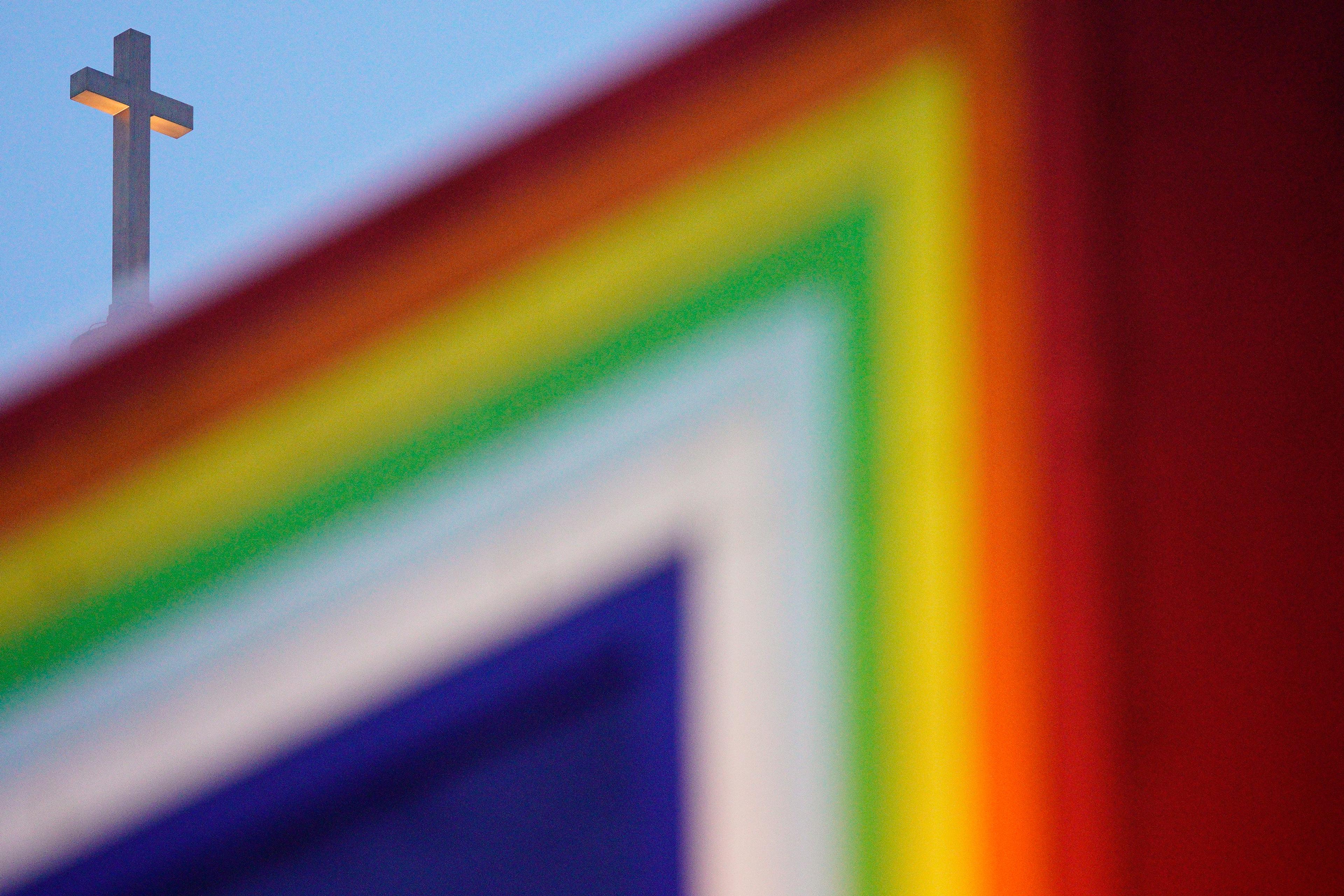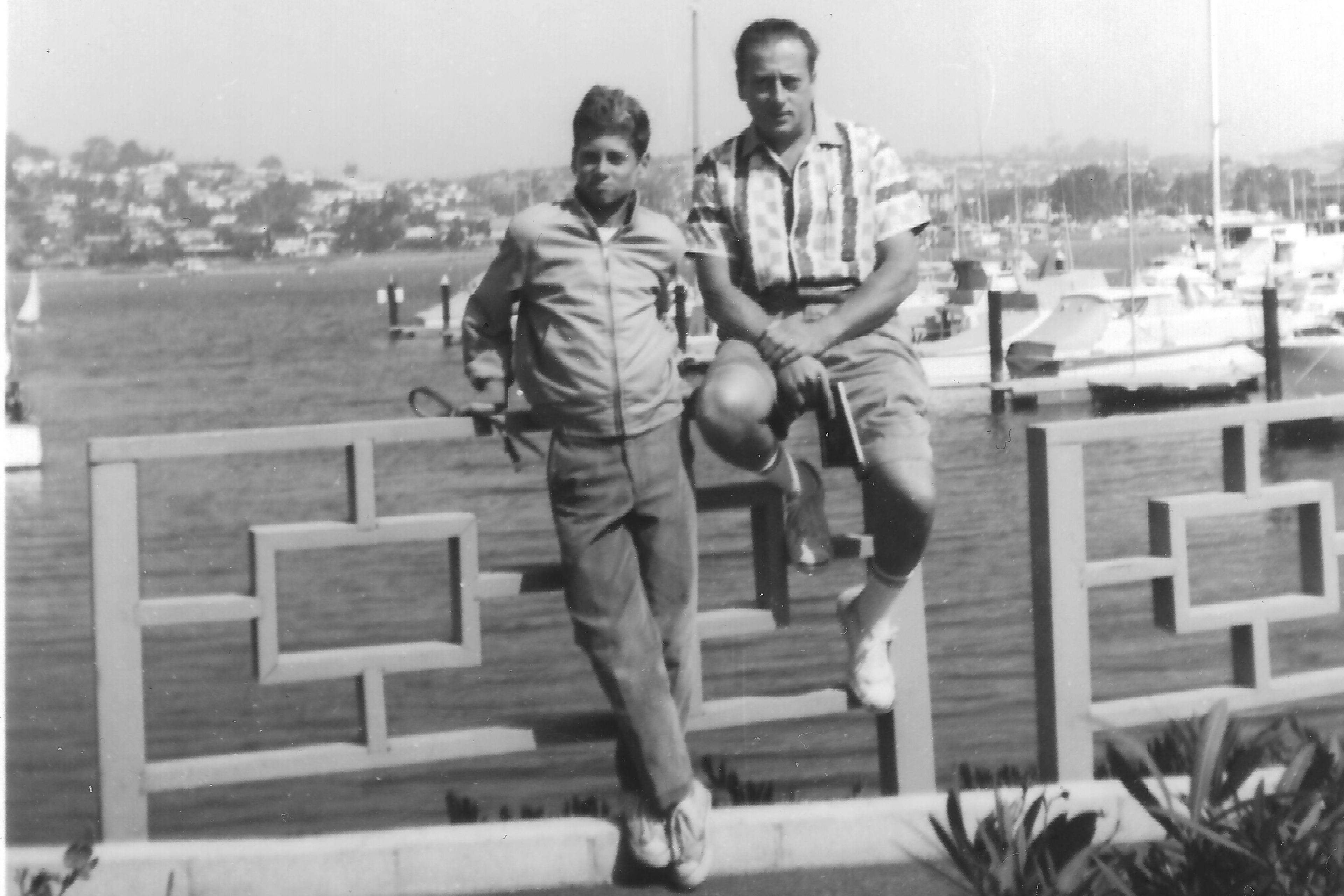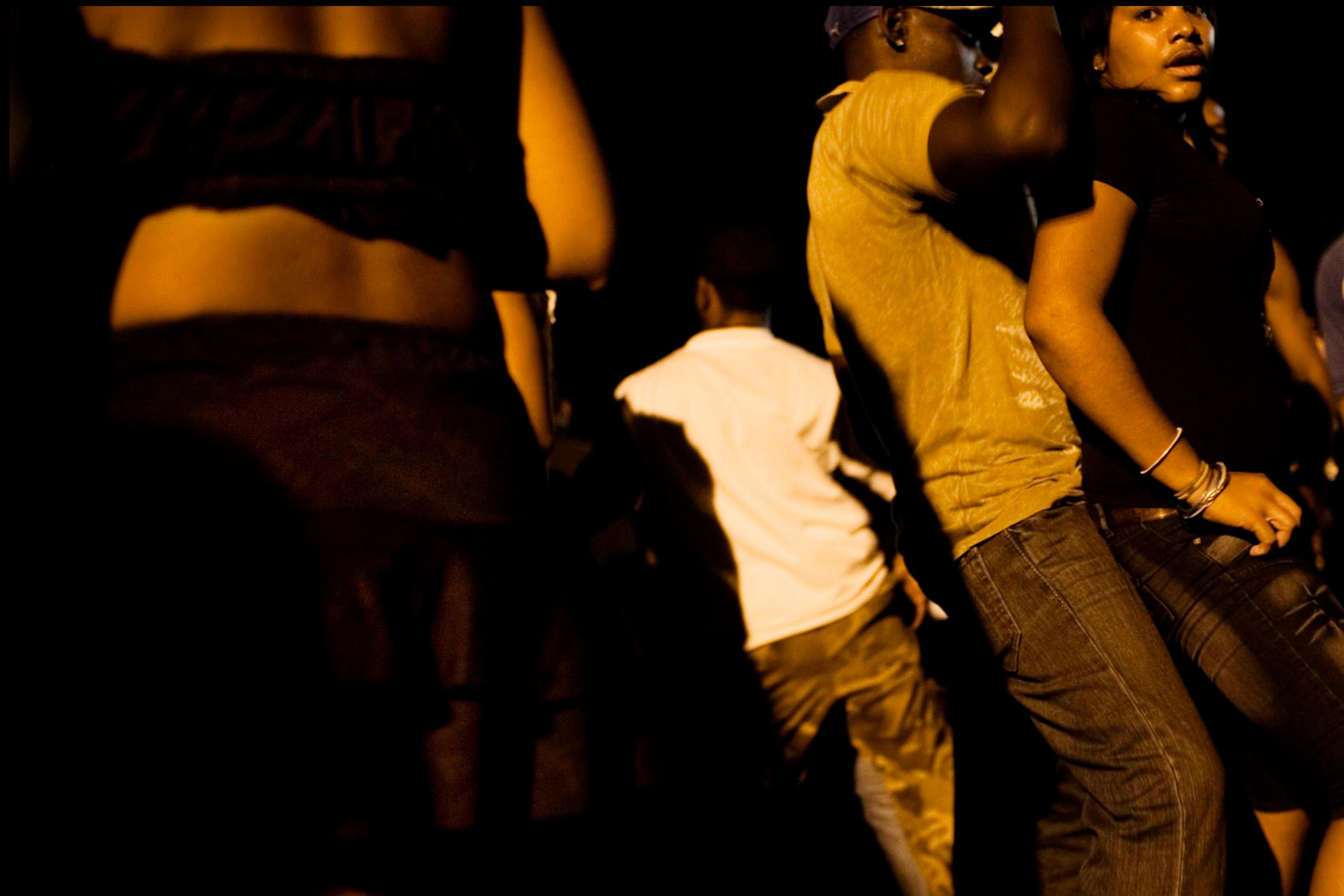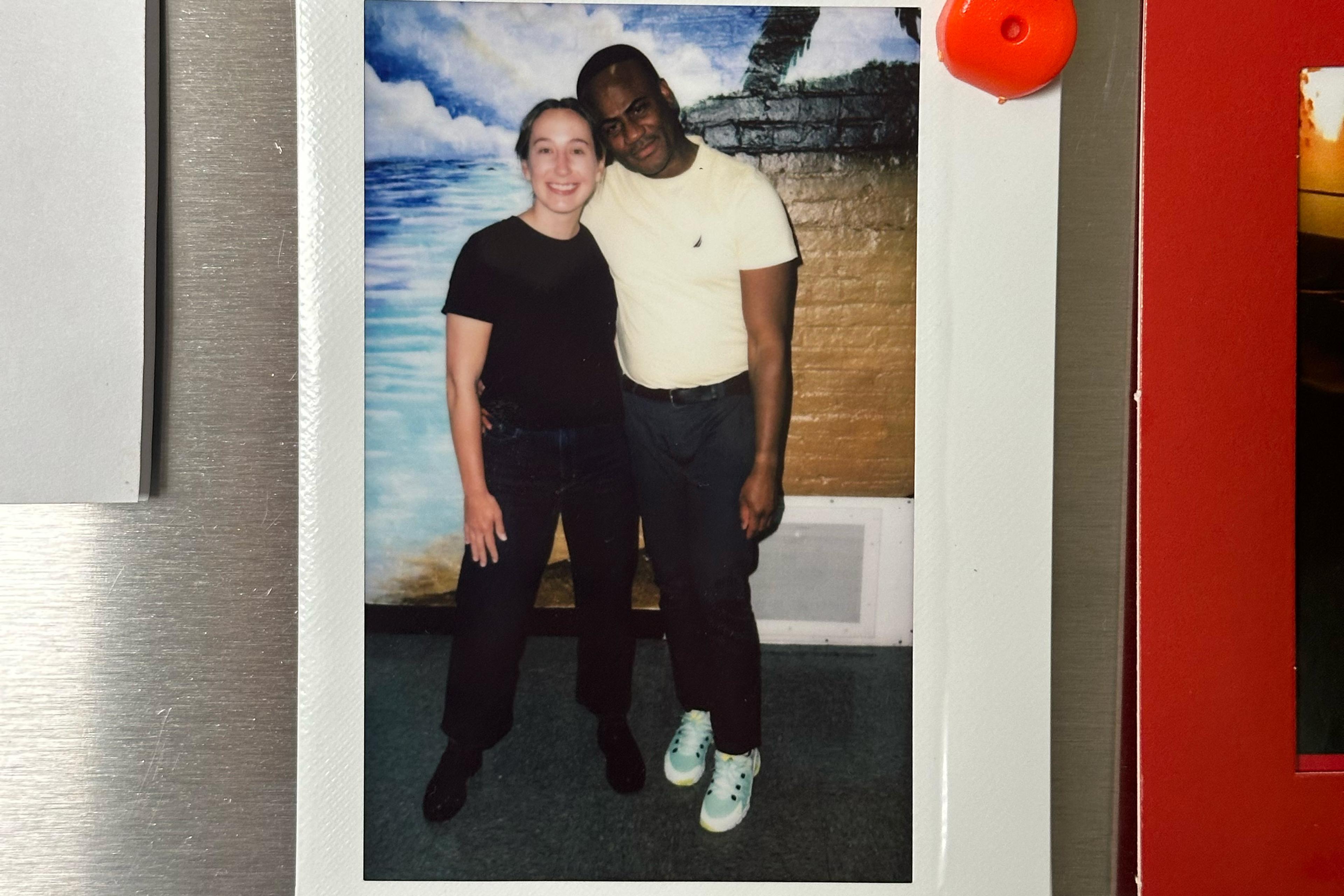I had known James’s face for close to a decade before I knew his name. We usually crossed paths at the entrance to the park, but I was always several paces past our exchange of nods before I realised he’d said hello. I’d see him outside the coffee shop on the corner too, and, when I did, he’d raise his cup to me. A mutual acknowledgement, which arose without agenda.
I had already been suffering with anorexia nervosa for 15 years by that point; critically underweight, I was too accustomed to a rotation of horror, pity and disgust from passing eyes to trust the simplicity of a stranger’s smile. Shop owners kept a close watch on me when I walked in, presuming heroin or crack since a combination of starvation and insomnia meant I bore a striking resemblance to a life hollowed out by pipes and needles. Perhaps James had presumed the same. Either way he saw a fellow human rather than a sickness – an easier gift for a stranger to offer and easier from a stranger to accept. I couldn’t explain it away as duty or obligation. Nor could it carry the weight of love or time; time, which had made it so difficult for those closest to me to see anything but sickness.
It’s 2002, almost a decade before I first cross paths with James, and I’m a month into my second hospital admission when I overhear a medical student ask her peer about me: Have you seen the anorexic on bed nine?
Within a beat, they breeze out of the ward, I feign interest in yesterday’s newspaper, a nurse comes to unhook me from my nasal gastric feed.
Free, she says tongue firmly in cheek.
I realise I’m not Miranda anymore. I’m disappearing under the sum of my notes
I smile, mime smoking; she raises her eyebrows, reminds me to take the lift.
Of course, I head straight for the stairs, gasping less for that cigarette break than the semblance of escape promised by five minutes unwatched. The medical students are by the vending machine in the corridor – they don’t notice me. Minutes later, battling with a dead lighter in the drizzle, I realise I’m not Miranda anymore. Displaced by diagnosis, I’m a ghost in limbo, disappearing under the sum of my notes.
It’s 1994, three years before I’m diagnosed, and I am sitting on the grass outside the Holocaust Memorial Museum in Washington, DC with my mother. She is teaching me how to do accents. She can do every accent. I am sitting next to the best version of my mother; one I will meet a handful of times. This is the version of her I will meet at her funeral via anecdotes from those who knew her before I was born, before she became obliterated by fear and rage, steroid-induced paranoia and suicide threats – And then you’ll be happy, she’d warn us.
The mother who sparkles on the grass outside the Holocaust museum in this moment knows nothing of the mother who sits at the end of my bed at two, three, four in the morning, fitful, shaking, ambushed by the legacy of her father’s terror of seeing his mother taken by the Nazis. The mother who handed down fractured stories of persecution and hiding, stories that were the backdrop to our lives, has just now scurried me out into the sun and makes me giggle uncontrollably with her gift for impressions. To my 12-year-old ear, every one of them is flawless.
I wanted to fold myself up, envelope-thin, and slide down the crack in the sofa
That evening, sitting at dinner, I can’t swallow. I don’t connect this with the cascade of images and sensations the museum has triggered. Nor will I, until after my mother’s death – I am, after all, a third-generation refugee, the Holocaust is a trauma I have not lived through, those memories are not mine. The nightmares I had as a child were not my nightmares. Even now, it feels false to look to this inheritance to understand why I was anorexic for more than two decades. Besides, there was enough volatility right there in the present.
Crumpled in a heap on the bathroom floor during flares in her colitis, her inflamed bowels haemorrhaging pints of blood, my mother was kept alive by steroid medication that also hijacked her with delusions that we were making her ill. Her sharp humour always recovered first, quipping that she could never get a colostomy bag since she wouldn’t be able to get the hat to match. And yet, the immanence of death was a constant; spells of relative peace almost seemed like a trick. There were pills to bring mummy up and pills to bring mummy down. Packing her bags and walking out on a Friday night became almost as much of a tradition as the Shabbat blessings – but we were good at brushing off the night before and even better at keeping quiet. Don’t tell anyone, you won’t tell anyone, became a mantra we didn’t question.
I can unpack my biography and cite genetic factors but there is no way of confirming why this set of circumstances manifested this particular set of symptoms. All I can say is that I was born in medias res; the story had been in swing for centuries and, by the time I was in primary school, I was sure there was something very wrong with me, something that needed to be hidden, kept quiet. But I was feisty and precocious and couldn’t keep quiet. I took up space and it was making my mother ill. I wanted to fold myself up, envelope-thin, and slide down the crack in the sofa. The problem was, the lighter I got, the heavier I felt, and the quieter I got, the louder the shame.
But no one’s anorexic anymore, my mother told me, anorexia went out in the 1980s, everyone’s doing coke. If anyone knew what was in fashion in 1998, my mother did, she’d worked for Vogue after all. Anorexia can be understood as a form of self-harm; looking back, it was more like a passive suicide. I didn’t want to die. I just didn’t know how to endure consciousness. At the age of 16, grey skinned and hollowed out, I was hardly cover-girl material. A month later, I’d be sitting in a group therapy session, two weeks into my first hospital admission.
It’s an era before patients are segregated according to diagnoses, and the circle includes those who, ostensibly, have nothing in common. Psychosis, bipolar, eating disorders, schizophrenia, depression, addiction – a smorgasbord of distinct conditions. But strip away the diagnoses, and patients become people; stories take precedence over symptoms.
Every patient with an eating disorder is tapping their foot, eyes flicking between the ground and the clock
What I do is I sit down and have a cup of tea with rape, Jenna tells us drily. She has reasons to be excited – she’ll be discharged next week, plans to live with her mate in Clapham. A month later she will overdose.
Christie glazes over, Rosa rocks, Peter is falling asleep, the therapist is telling us to stay in the here and now. Mark wanders out. Every patient with an eating disorder is tapping their foot. In theory, we were there to bear witness to ourselves and one another; in reality, most eyes flicked between the ground and the clock, and the door was the most compelling presence in the room.
I was 18 by the time I was discharged. I’d been signed off, good to go – and never going back. Cut to age 21, I weighed roughly 25 kg (55 lbs), was hypothermic with a heart rate of 28 that landed me in the hospital’s cardiac ward, where a delicate hush made it strangely peaceful. Even rushing to get a cannula in my arm at 4 am had a meticulous calm about it. The nurses seemed to float. Days moved in slow motion and merged – right up until my liver decided to pack up and I ended up on Hopgood, the renal and hepatology ward.
Other than the drip of feeds, hum of monitors and chorus of gentle snoring, it was silent when Paula, a night nurse, came to take my vitals. Scolding me for still having my light on, she sat down at the end of my bed, raised her eyebrows at the book in my hands and told me about her daughter back home in Ghana. I asked her what she missed most. God gave us the sunshine for free, she told me checking my feed, now try and get some sleep.
Without either of us realising it, it was moments like these that were laying the foundation for my recovery. I’d wanted everything to go black, to stop, just for a bit – but when someone saw me, however briefly, as human, I felt what it might be like to be here, part of the world again, in another way.
Severe and enduring eating disorder, also known by that rather hopeful-sounding acronym SEED. Certainly, I ticked the boxes of severe and enduring, but there were long stretches when there was very little in the way of hope. I was warned I’d end up in a bucket. Perhaps, after a certain point, there’s no kicking of buckets, you simply land in one. Given that between the ages of 21 and 35 there were points at which my body mass index slipped below the mortality rate, this was a fair prediction.
Recovery began so gradually that I didn’t realise I was becoming someone else – I won’t say becoming myself because it doesn’t feel true. I moved to a different neighbourhood, learned to inhabit a different body, to feed myself and put myself to bed, to keep doing this day after day, supported by a feeling of anonymity. I couldn’t have managed this with medical eyes classifying me according to DSM markers, unwittingly reimprinting the identity of sickness. Whatever narratives I may have constructed to explain my state, others had theirs.
There has to be just enough safety, just enough trust, to swallow, to take up a little more space
If you know one anorexic, you know one anorexic. That is all. If you know several, what they have in common is likely to obscure the origins of their illness and keep you focused on the horror of their physicality. Because that is exactly the point of anorexia: a numbing to what lies beneath. In the most chronic and severe cases, the desperation to obliterate those origins obliterates the person.
I was asked to give my medical history so often I used to joke I should carry a printout. I could recite a tidy timeline of cause and effect on request, appearing to be open while armoured by a script. The promise is that tracing origins equates with healing. It’s crucial but it isn’t enough; the story can take you only so far – it can even be a trap. The danger, I found, was that mapping my biography onto my symptoms kept the process at a cognitive level while giving the illusion that I was working through it, allowing me to dissociate from both. It was only when the story fell away, when explanations were abandoned, that a shift occurred. At some point, there has to be a cultivation of just enough safety, just enough trust, to swallow, to take up a little more space in this world.
The tiny, gradual changes I was making to truly engage in recovery were visible only with a diptych of who I’d been and who I’d become. One I couldn’t see until I returned to the park entrance where I’d first crossed paths with James. I hadn’t been there or seen him for three years.
It’s good to see you well, he told me, putting a hand to the centre of his chest. I managed a thank you, disoriented by his eyes marking a before and after. James had seen me regardless – ill or well, he’d offered a moment of wakefulness that felt lighter, kinder. It’s so easy to see what is wrong with a person, even one who is relatively well functioning – but to see through to the human is one of the most profound treasures anyone can give.








